Nvidia Tegra 4 chip arrives with ARM A15 quad-core processors
Firm claims chip can provide up to 14 hours of HD playback on smartphones and uses 45 per cent less power than the Tegra 3.
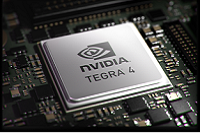
Nvidia has taken the wraps off its next-generation mobile processor, which will be known as the Tegra 4.
The chipmaker not only claims its quad-core processor is the world's fastest mobile CPU, but is capable of providing up to 14 hours of video playback on a smartphone.
The Tegra 4 (codenamed Wayne) combines 72 custom-built Nvidia GPU cores and four of ARM's latest Cortex A15 CPU cores. The result, Nvidia claims, is over twice the performance when it comes to tasks such as web browsing.
Nvidia claims up to 14 hours of HD video playback on smartphones.
There is also a fifth "battery saver core", which is designed for low-power tasks such active standby, music, and video playback.
Nvidia has worked hard to cut down power consumption, which was one of the main problems with its predecessor. Nvidia suggests the Tegra 4 will consume 45 per cent less power than the popular Tegra 3.
The firm also claims to have made a key advancement in the area of mobile photography via Computational photography architecture. The chip maker says it combines the processing power of the CPU, GPU, and image sensor to enable users to take high-dynamic range (HDR) photos and video instantly.
Get the ITPro daily newsletter
Sign up today and you will receive a free copy of our Future Focus 2025 report - the leading guidance on AI, cybersecurity and other IT challenges as per 700+ senior executives
Other core features include optional support for 4K ultra-high-definition video.
The Tegra 4 will also be able to offer LTE connectivity. However, Nvidia has not managed to integrate this directly onto the Tegra 4 and a companion chip will be required to make use of high-speed connectivity.
With almost all high-end tablets and smartphones set to include support for LTE in 2013, the lack of on-board integration could hurt uptake of the Tegra 4.
Device manufacturers may choose to go with rivals, in particular Qualcomm, which is tipped to have successfully integrate LTE technology onto a single chip with its next-gen processors. These are set to be unveiled in the Spring.
In the IT Pro smartphone processor test, the Nvidia Tegra 3 didn't fare well against the likes of Intel Atom and Samsung Exynos.
We concluded the poor performance was due to design deficiencies, and the firm aimed to mask this via the quad-core layout and high graphics clock speed (520MHz). However, the part was the oldest on test and we expected performance to significantly improve with the Tegra 4.
No partners have been named yet, and despite the LTE conundrum, we still expect to see the Tegra 4 used in high-profile Android and Windows RT devices this year.
The Tegra 3 was found in high-end devices such as the HTC One X and the breakthrough Android tablet - the Google Nexus 7. The latest chip could feature in the sequel to such devices.
-
 Cleo attack victim list grows as Hertz confirms customer data stolen
Cleo attack victim list grows as Hertz confirms customer data stolenNews Hertz has confirmed it suffered a data breach as a result of the Cleo zero-day vulnerability in late 2024, with the car rental giant warning that customer data was stolen.
By Ross Kelly
-
 Lateral moves in tech: Why leaders should support employee mobility
Lateral moves in tech: Why leaders should support employee mobilityIn-depth Encouraging staff to switch roles can have long-term benefits for skills in the tech sector
By Keri Allan
-
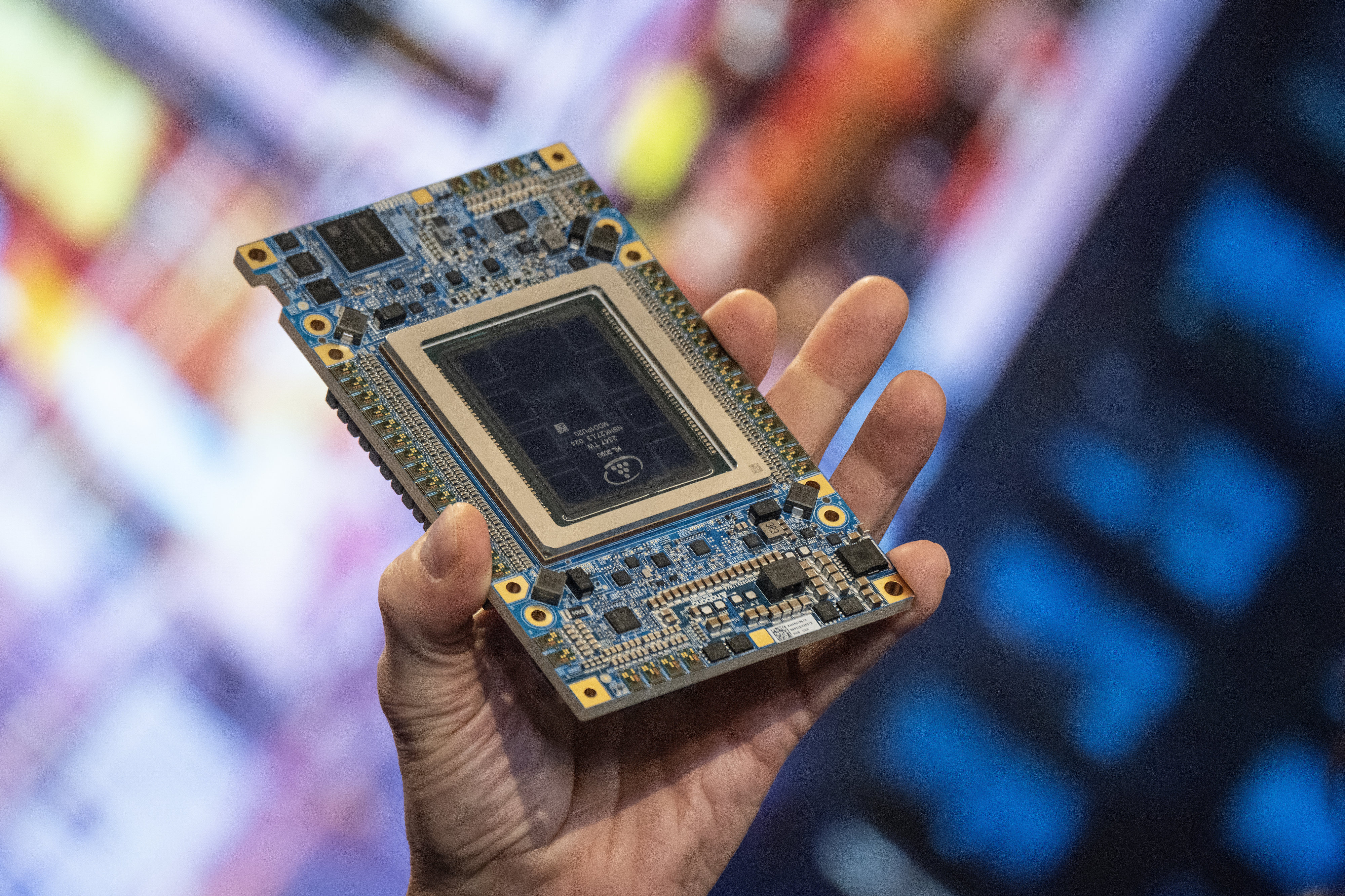 The AI PC is coming: Here’s what you need to know
The AI PC is coming: Here’s what you need to knowAnalysis Analysts believe a new wave of AI PC’s will spur increased tech spending in 2024
By Steve Ranger
-
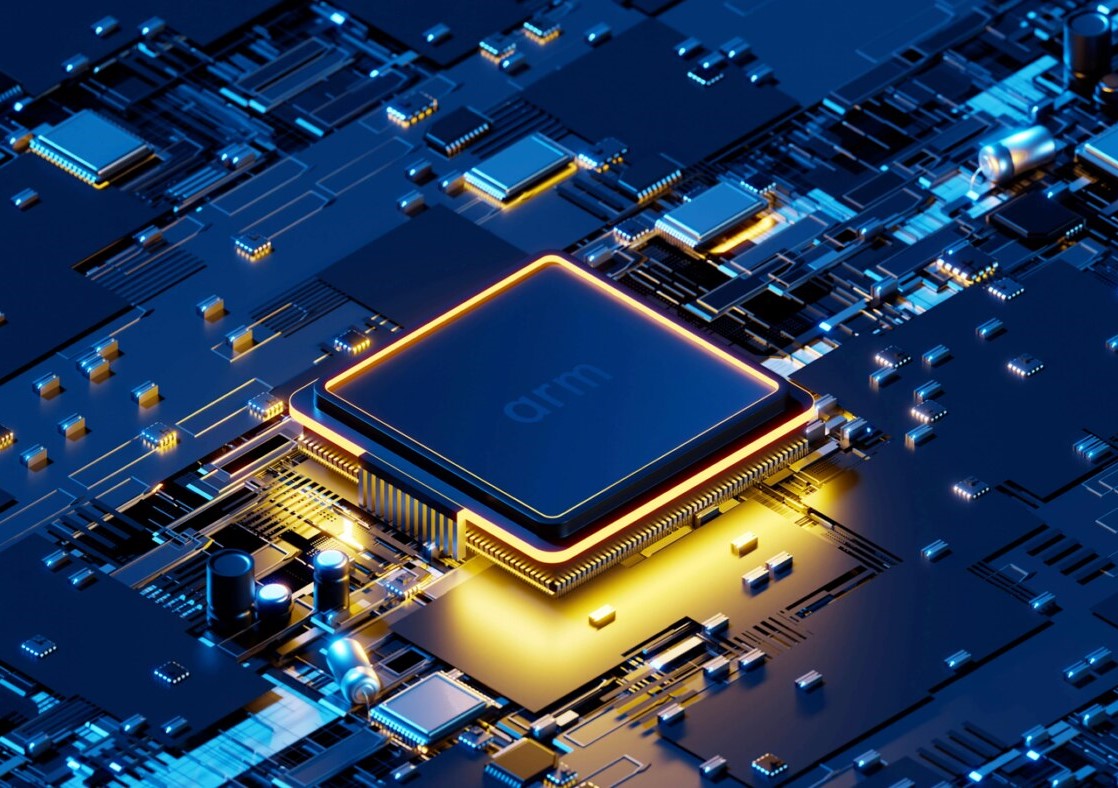 Arm's Cortex-M52 is a powerful compact processor for low-cost AIoT development
Arm's Cortex-M52 is a powerful compact processor for low-cost AIoT developmentNews The Arm Cortex-M52 looks to drive developer enablement in AI-powered IoT devices
By Ross Kelly
-
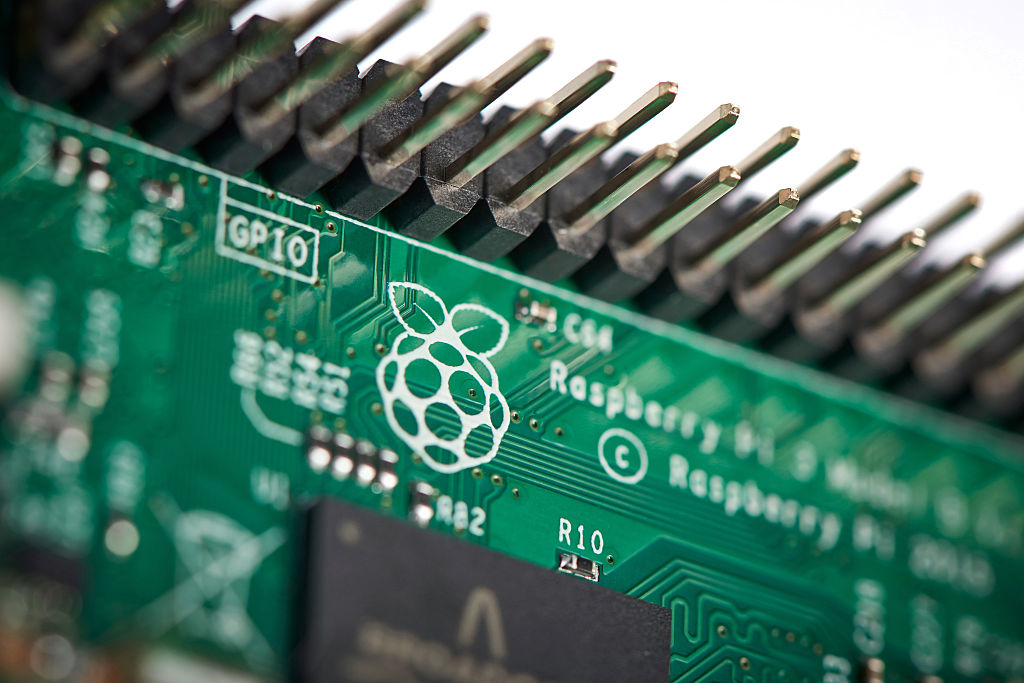 Arm acquires stake in Raspberry Pi in bid to drive IoT development
Arm acquires stake in Raspberry Pi in bid to drive IoT developmentNews The deal confirms a long-standing Raspberry Pi commitment to Arm chips
By Emma Woollacott
-
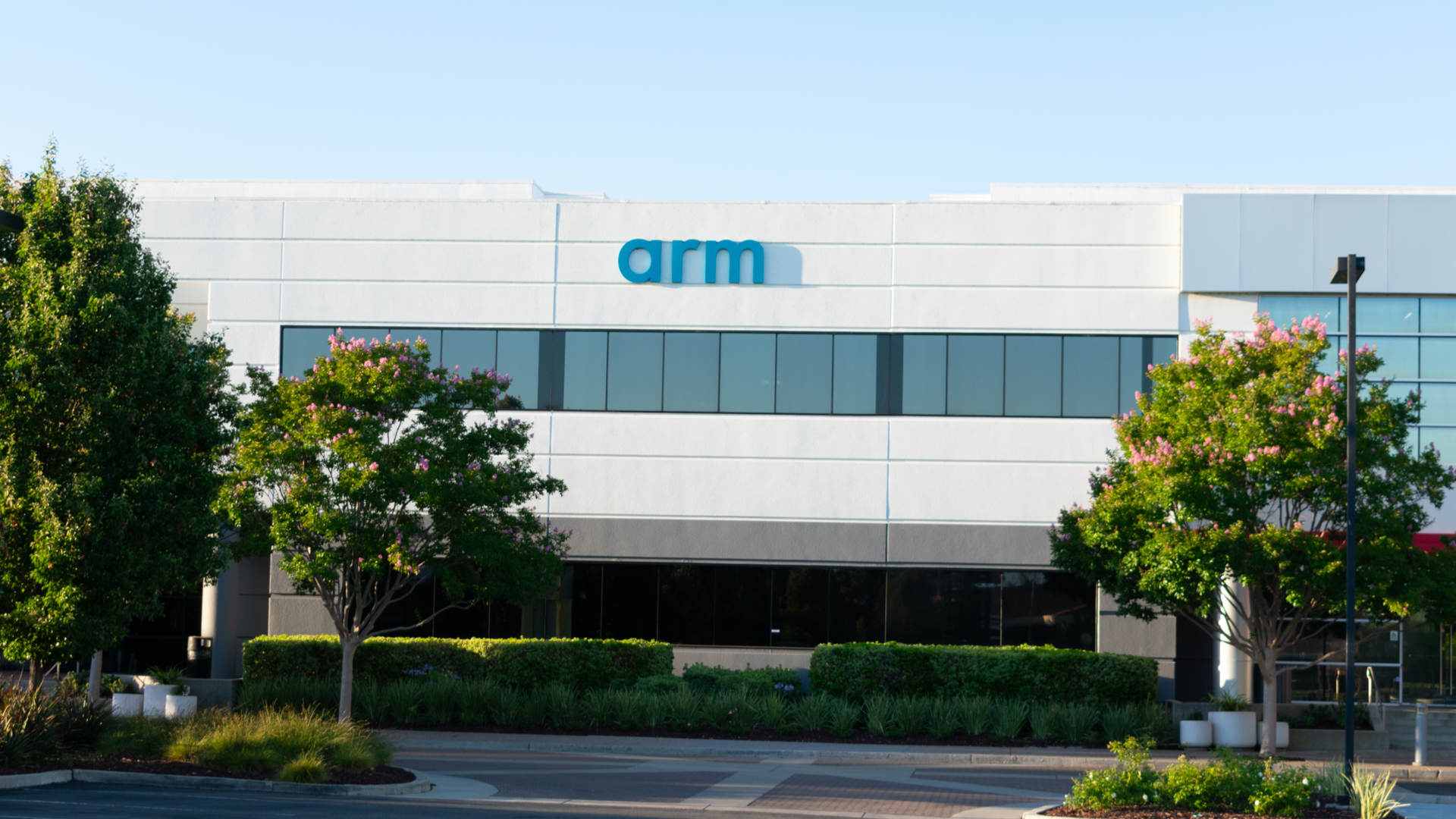 Qualcomm open to investing in Arm as part of consortium
Qualcomm open to investing in Arm as part of consortiumNews This comes after SK Hynix said it was interested in forming a consortium to acquire the British chipmaker
By Zach Marzouk
-
 Arm China CEO refuses to step down despite being dismissed
Arm China CEO refuses to step down despite being dismissedNews This is the second time Arm has tried to get rid of the CEO, after falling out with him in 2020
By Zach Marzouk
-
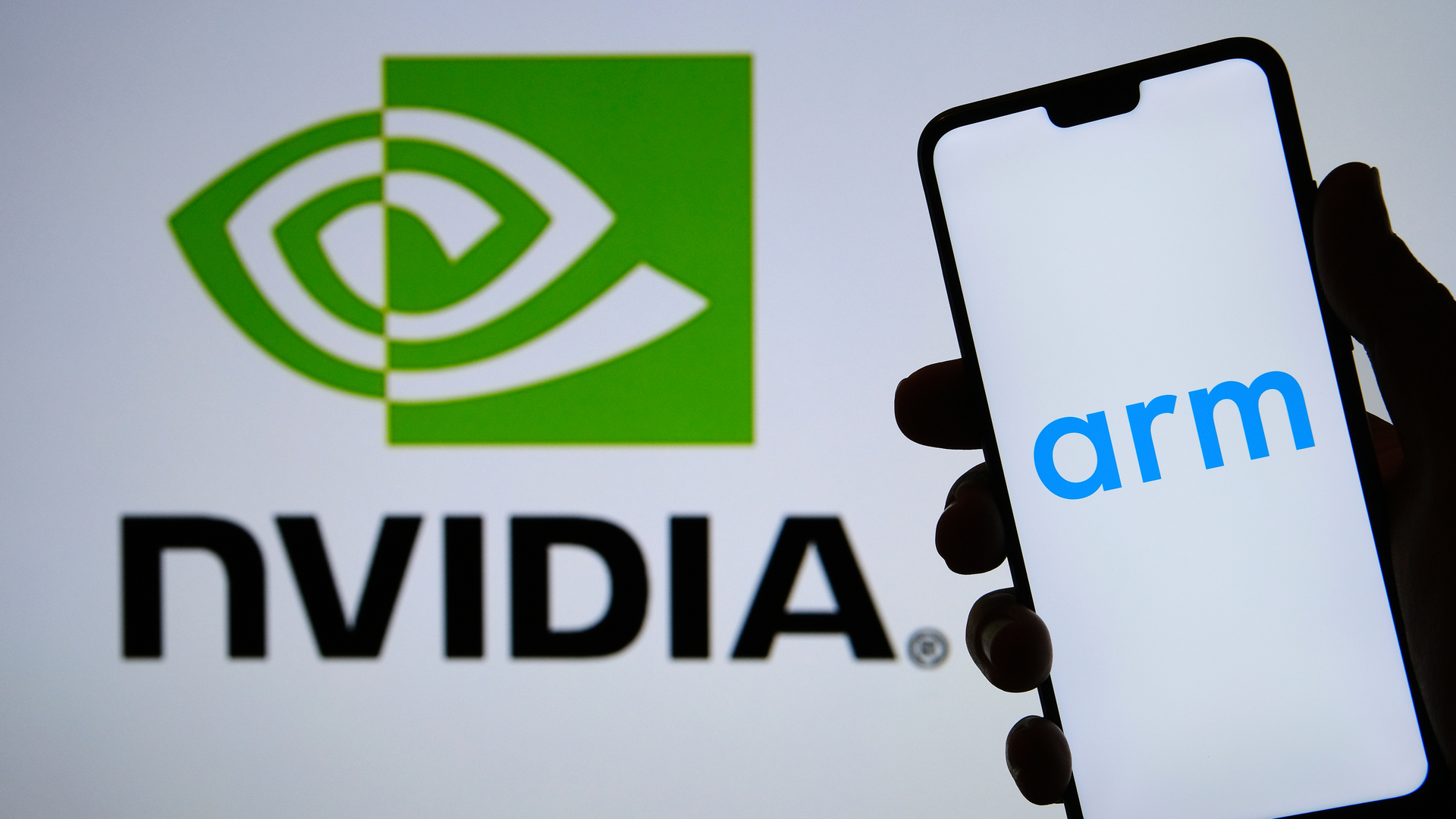 Nvidia warns rivals are exploiting uncertainty surrounding Arm’s future
Nvidia warns rivals are exploiting uncertainty surrounding Arm’s futureNews The company claims Intel and AMD have been getting ahead due to the drawn-out regulatory process
By Zach Marzouk
-
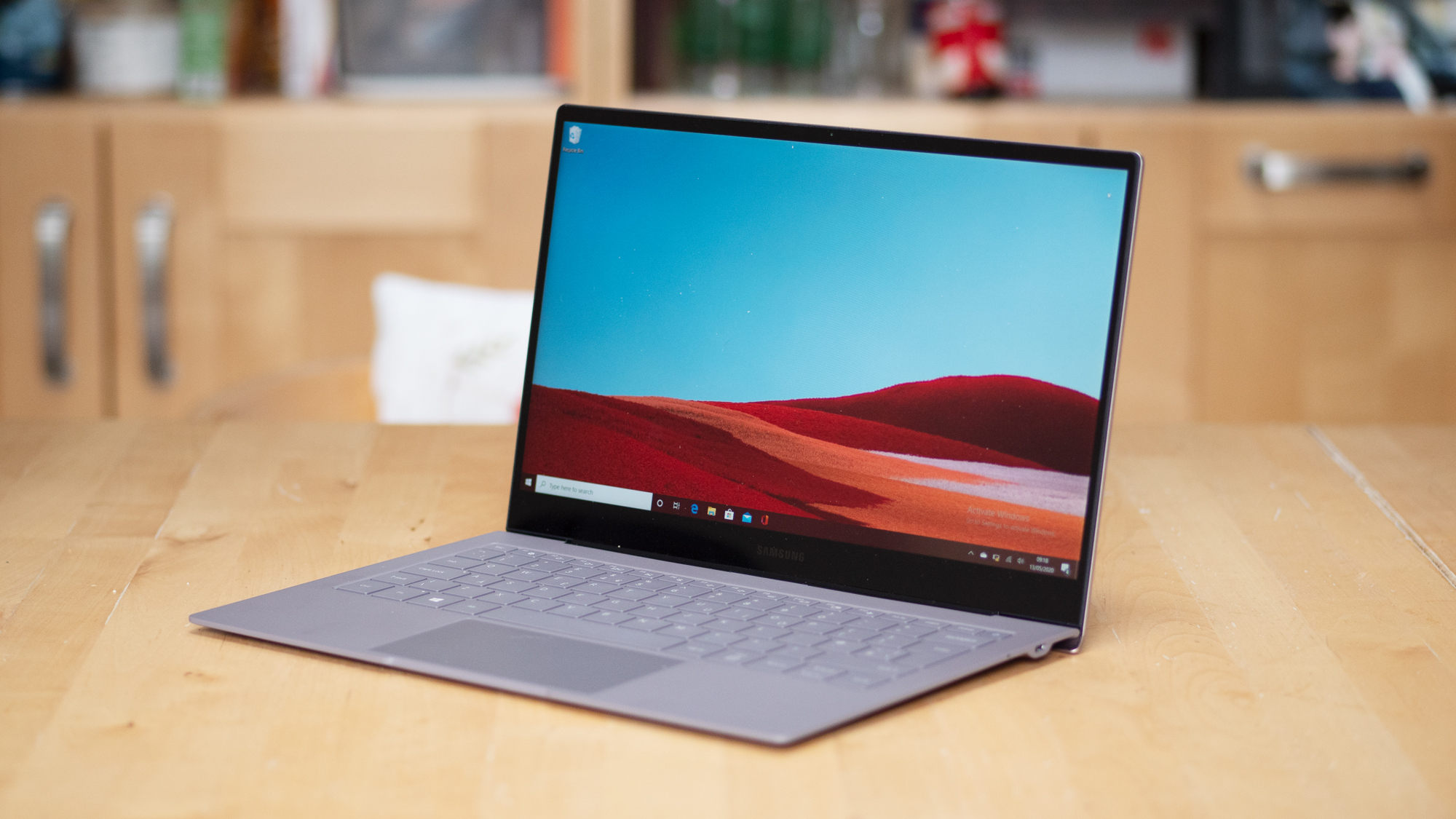
 Samsung Galaxy Book S review: ARMed and dangerous
Samsung Galaxy Book S review: ARMed and dangerousReviews So long, Surface Pro X - Samsung shows us how it’s really done
By Adam Shepherd
-
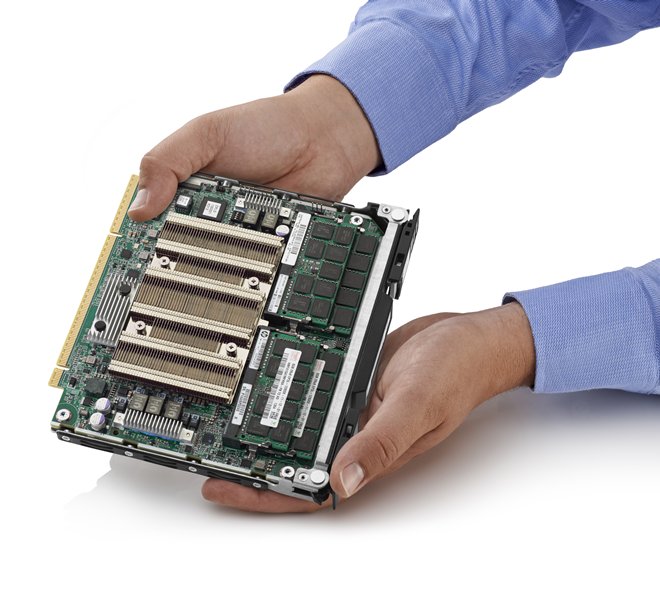 HP packs 64-bit ARM chips into Moonshot servers
HP packs 64-bit ARM chips into Moonshot serversNews ARM coming to a mainstream datacentre near you soon
By Rene Millman